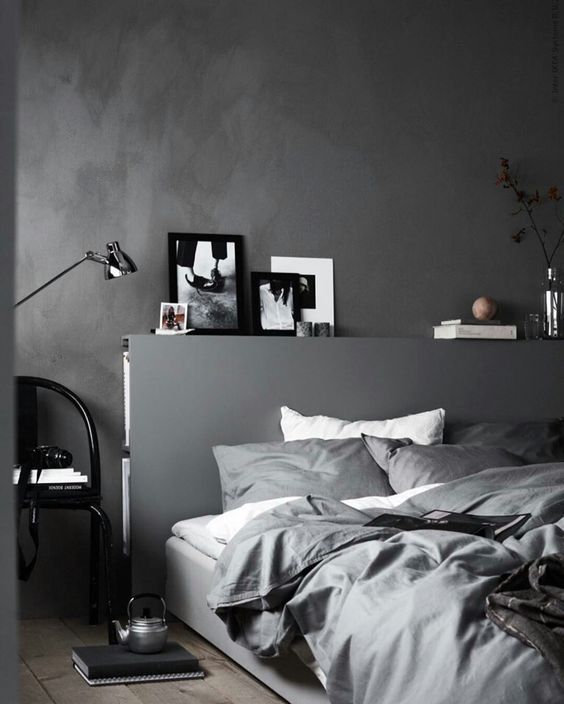Step across the threshold of a home which has benefitted from the professional touch of an interior designer, and the first thing you notice will be a perfect marriage between the decor and the room itself. Whether sparsely furnished or ‘cleverly cluttered’, an aesthetically pleasing interior can positively impact your mood and improve your sense of wellbeing.

For those looking to sell, superb interiors can add thousands of dollars (if not hundreds of thousands) to the value of your home.
Whichever style you have chosen for your home – contemporary, classic or something in between, an expert designer understands and has the ability to merge the seven concepts of interior design, which comprise:
- Line – can be architecturally significant with soft, rounded curves or straight planes which can be utilised to accentuate height or width in rooms
- Colour – key element both aesthetically and subliminally
- Form – the introduction of complementary shapes and lines to create balance and harmony
- Space – the dimensions and boundaries of a room
- Texture – includes finishes, fabrics and surfaces
- Pattern – imbues life and interest
- Light – natural or artificial, its effect in a room can be profound
Successful follow these principles, combining elements to build spaces which connect, flow and attract. For those of us wishing to incorporate these same principles into our interior spaces, appreciating how these elements complement each other is vital.
Styles
Understanding and respecting your homes origins, it the best way to decide on its interior design style. Without proper consideration, things such as attempting to decorate a modern home with heavy, ornate furniture can be a disaster, as can introducing contemporary furniture into a period home.
The most popular styles in current use can often be used interchangeably, but are basically:
- Modern – think display homes. Sleek, straight lines
- Contemporary – commonly found in chic coffee shops. Eclectic, hip
- Minimalist – spartan, cool
- Industrial – think warehouse. Funky, urban, organic
- Mid-Century Modern – remember egg chairs? The best of the 1950’s and 1960’s with a modern twist
- Traditional or Classical – sumptuous rolled arm chairs, brocade fabrics and strong colours
- French Country/Provincial – reminiscent of the rustic, country home
- Hamptons – inspired by seaside homes of the Hamptons in Long Island NY. Cool and casual. Predominantly utilising crisp whites, blues and grays
- Shabby Chic – blending of several styles including French Provincial, with a bohemian twist.
Balance
Whether you are talking about colour, size or placement of furniture, balance is key to setting the tone of a room.
Rooms should not be viewed as distinctly separate from each other but rather holistically. A can be a useful tool when building the palette of one room or the whole house. Begin with a central feature piece. This may be a sofa in a living area, a breakfast bar in the kitchen or alternatively, it may be a feature wall.
The key to building a successful colour palette is not necessarily to aim for traditional, strict matching of colours, but rather for harmony. This can be achieved through numerous mediums including soft furnishings, paint, artwork, decor and surface finishes.
Inspiring Ideas
Source(:www.housebeautiful.com)
Walls
Feature walls can create impact and drama though the use of colour. They can also draw the eye to showcase a particular piece of artwork or perhaps a ‘rogues gallery’ – a wall dedicated to family portraits hung in eclectic frames. These can be both attractive and interesting as well as continue theming throughout the home.
Storage
Colour coordinated bookcases such as the one pictured above, are easy to compile yet have a stunning impact! Books can be sourced second hand and blocked in colours to complement a colour scheme.
Outside Inside
Plants are both beautiful and a healthy addition to your home. Get creative with pots and placement.
Interior design is an art…and a science. Its principles centre around building an aesthetically pleasing environment for us to live and work in. The internet has furnished us with an endless stream of to tap into, enabling us to build interiors spaces which are uniquely personal and memorably divine!
The post appeared first on .





























